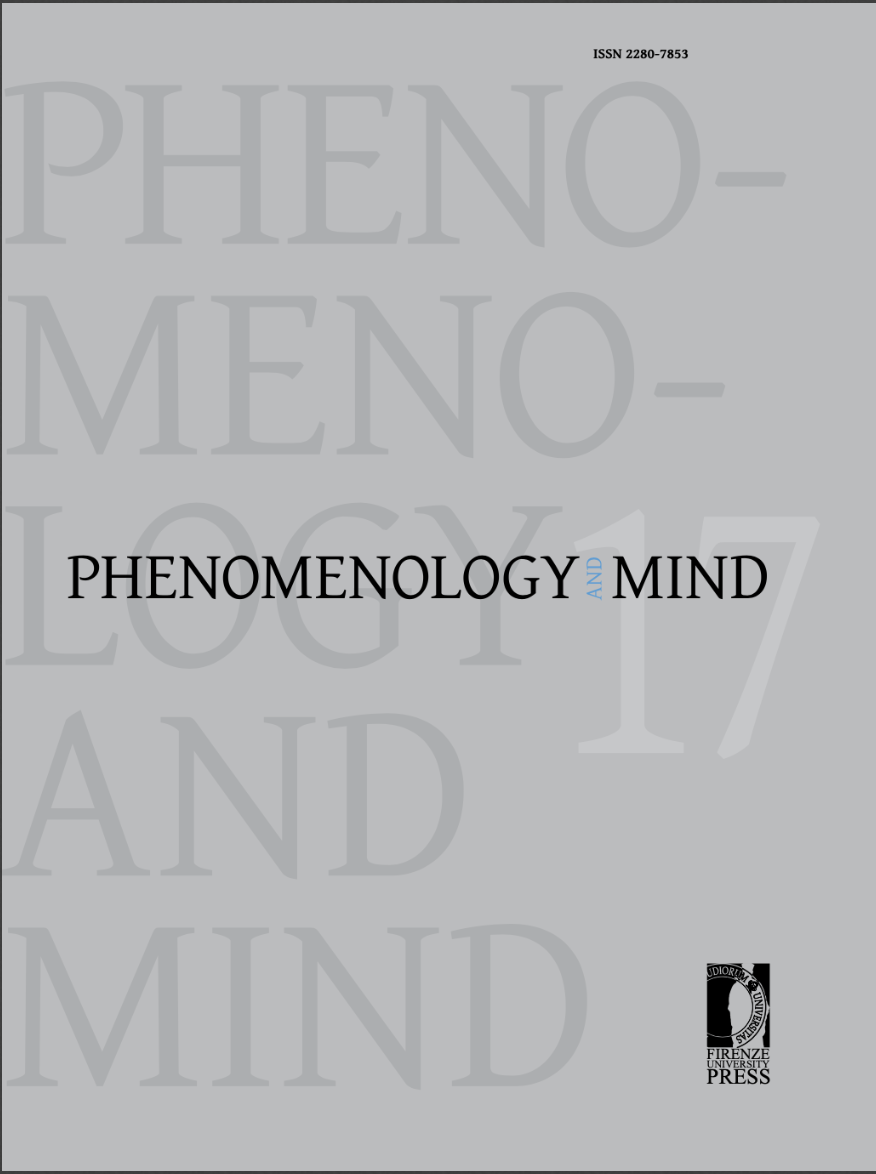Published 2017-01-04
Keywords
- empathy,
- intercorporeality,
- interaffectivity,
- bodily resonance
How to Cite
Abstract
According to phenomenological and enactive approaches, human sociality does not start from isolated individuals, but from intercorporeality and interaffectivity. To elaborate this concept, the paper introduces (1) a concept of embodied affectivity, regarding emotions as a circular interaction of the embodied subject and the situation with its affective affordances. (2) This leads to a concept of embodied interaffectivity as a process of coordinated interaction, bodily resonance, and ‘mutual incorporation’ which provides the basis for a primary empathy. (3) Finally, developmental accounts point out that these empathic capacities are also based on an intercorporeal memory that is acquired in early childhood.

